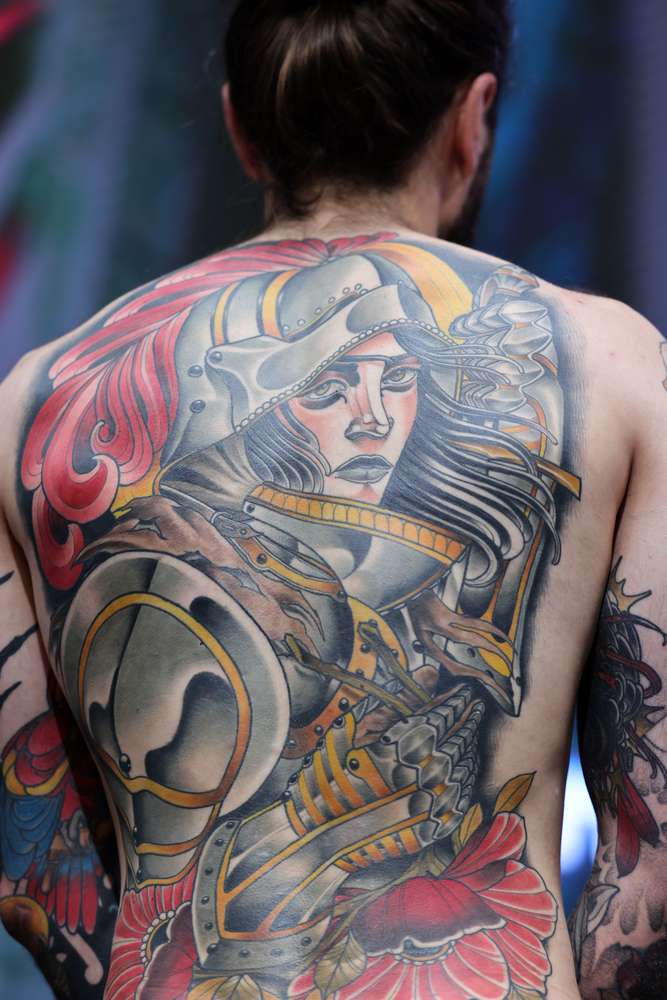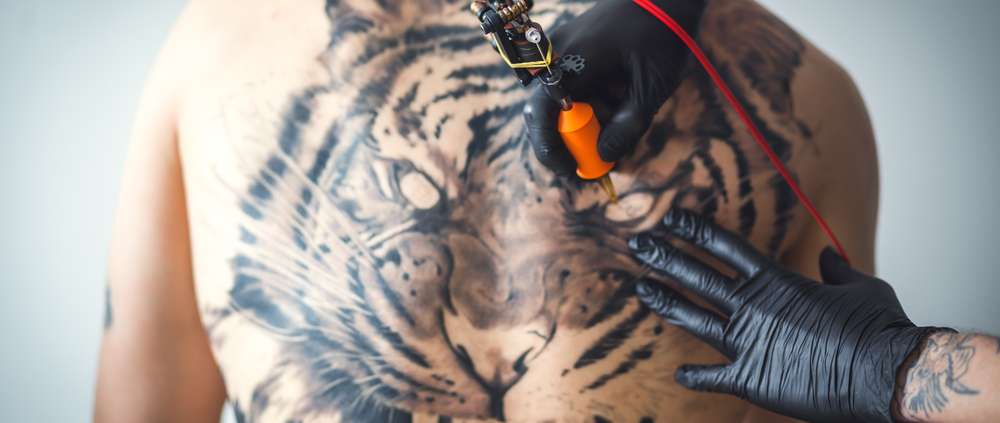Realism Tattoos 101: What You Want to Know
Tattoos have been around for at least 12,000 years, and they have surely come a long way. More modern techniques have opened up avenues for greater creativity when it comes to transforming someone into a canvas. These days, you can get hyper-realistic tattoos that look like photographs. If you ever had questions about realism tattoos, you have come to the right place. This is realism tattoos 101. Let’s get started.
What Are Realism Tattoos?
Realism tattoos are based on the 19th-century art movement known as realism or photorealism, which began in France during the 1850s. The idea came about when artists wanted to create images that looked as close to a three-dimensional object as possible. When realism is done correctly, it can be difficult to tell whether the art is 2D or 3D when looking at it directly.
Commonly, realism tattoos are used to depict animals and people, though there is no set subject matter. You may find people with photo-realistic nature scenes, for example.
Various forms of realism include:
- Black and gray realism
- Photorealism
- Hyper-realism
- Portraiture
- Color realism
- Morphed realism

Key Traits of Realism
Here are some defining traits of realism:
- Realistic portrayal of objects, animals, and people
- Exquisite level of detail
- Constructed with multiple layers of shading instead of hard, solid lines
A Brief History of Realism
Art history can tell you a lot about how certain tattoo styles came to be. Around 500 BCE, the concept that art had to be dry and passionless was replaced by artists who wanted to create something more. However, artists would not truly master the craft of realism until around the 1500s, during the Renaissance. The first to dabble in realism were none other than Da Vinci, Rembrandt, Titian, and Michelangelo. They chose techniques, colors, and mediums that allowed them to replicate images as closely to real life as they could.
Yet, even then, the appropriate technique had not been developed. Artists like Millet and Courbet furthered realism advancements during the 18th century. Yet, as mentioned, photorealism began in the 19th century, shortly after the first camera was invented in 1816. Artists learned how to replicate the photograph using ink, paint, pencil, and more.
Do Realism Tattoos Hurt More?
Because realism tattoos require far more detail than an old school tattoo, you can expect a couple of things. One, your realism tattoo is going to take more time to complete. The technique involved requires a bit more than outlining and shading. Two, the pain does not increase just because realism tattoos are complicated. Tattoo pain depends on the location, not the style.
There are some areas of the body that are far more sensitive than others, such as the ribs or groin. Plus, some artists have a heavier hand than others, which can also influence the amount of pain you feel.
Since you can expect to sit for a long time with a realism tattoo, make sure you are 100% comfortable with what is being done. Talk to your tattoo artist about your concerns.

What Techniques Are Needed For Creating a Realism Tattoo?
Realism tattoos are made with much of the same techniques that other realism artists use, such as shadow mapping. You can think of shadow mapping as a topographic map of contours that show where shading and highlighting are going to be. Most tattoo artists also require the photograph or image that is being used to create the realism tattoo right in front of them, as they are going to need to follow the source material the entire time.
Of course, each tattoo artist develops their own unique style, even those who specialize in realism tattoos. For example, Fred Thomas, Inal Bersekov, and Chuey Quintanar focus only on black and gray realism. Others, like Antonina Rostra or Steve Butcher, love realism that is super-saturated with color.
Some artists use stencils, either made out of paper or projected onto the skin, to ensure they do not make mistakes. If you are receiving a color tattoo, gradients are utilized for texture. Artists may select white ink for highlighting various parts of the tattoo to increase the three-dimensional look. To this day, the techniques that artists use are closely guarded within the community. Each artist brings their own flavor to their craft. In turn, their tattoos are beautiful, one of a kind creations.
Book Your Realism Tattoo Consultation Today
Whether you want a sleeve of an owl that looks like it will fly off your skin or a portrait of your favorite person, realism tattoos are beautiful, unique, and incredibly detailed. Regardless of which style of realism you select, you can expect a complex design that takes hours to complete.
Oracle Tattoo Gallery has masterful artists that can bring your dream tattoo to life. Get in touch with us today to schedule your consultation by calling 215-638-1601 or filling out the contact form. Let’s talk about your ideal tattoo. Don’t forget to check out our artists on Instagram for some ink inspiration



